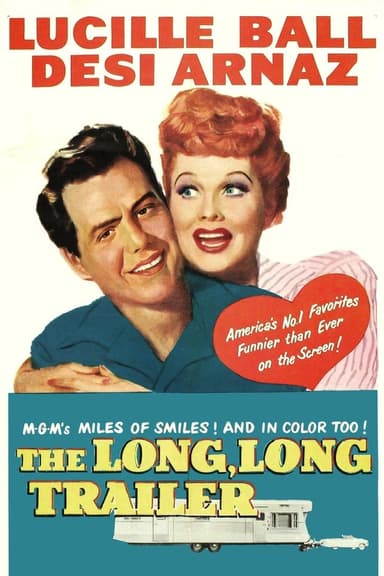
Mr. Hobbs Takes a Vacation
1962 • Comedy, Family • NR
Banker Roger Hobbs wants to spend his vacation alone with his wife, Peggy, but she insists on a family vacation at a California beach house that turns out to be ugly and broken down. Daughter Katey, embarrassed by her braces, refuses to go to the beach, as does TV-addicted son Danny. When the family is joined by Hobbs' two unhappily married daughters and their husbands, he must help everyone with their problems to get some peace.
Runtime: 1h 56m
Why you should read the novel
If you enjoyed the playful humor of 'Mr. Hobbs Takes a Vacation,' you’ll find the original book by Edward Streeter even more delightful. The novel dives deeper into the comedic misadventures with witty narration and sharply observed characters, capturing the everyday chaos of a family vacation with a warmth and authenticity unique to its pages.
Unlike the movie, the book allows readers to immerse themselves in Mr. Hobbs' inner thoughts, adding a richer layer to his everyman struggles. The novel's gentle satire of family dynamics and American leisure is full of laugh-out-loud observations that are both timeless and relatable.
Reading 'Mr. Hobbs' Vacation' gives you the chance to savor Streeter’s clever prose and dry wit at your own pace. The story is as much about the quirks and endearing foibles of family as it is about the holiday itself, making it a perfect pick for anyone who loves intelligent, character-driven comedy.
Adaptation differences
One key difference between 'Mr. Hobbs' Vacation' and its screen adaptation is the story's scope and focus. The novel is structured as a series of episodic vignettes, following Mr. Hobbs as he narrates the daily challenges and humorous incidents with different family members. In contrast, the movie streamlines these episodes into a conventional plot, adding new scenes and characters to create a cohesive comedic arc.
The characterization of Mr. Hobbs himself also varies. While James Stewart brings a charmingly frazzled energy to the role in the film, the novel’s Hobbs is more introspective and dryly humorous, with much of the comedy coming from his private commentary. This internal monologue is largely absent from the movie, which instead relies on visual gags and dialogue to convey humor.
The film adaptation includes several subplots and romantic elements not present in the book. For instance, the movie introduces a love interest for one of Hobbs' daughters and sets up comedic misunderstandings around beach parties and neighbors. These elements were designed for broader audience appeal but diverge from the book's more focused examination of family relationships and the quirks of multigenerational travel.
Additionally, the book offers a more nuanced social satire of the 1950s and early 1960s American family, often poking fun at consumerism, vacation culture, and generational gaps. The movie, while entertaining and faithful in spirit, shifts the tone toward slapstick and visual comedy, smoothing out some of the layered critiques that make the novel enduringly relatable.
Mr. Hobbs Takes a Vacation inspired from
Mr. Hobbs' Vacation
by Edward Streeter







